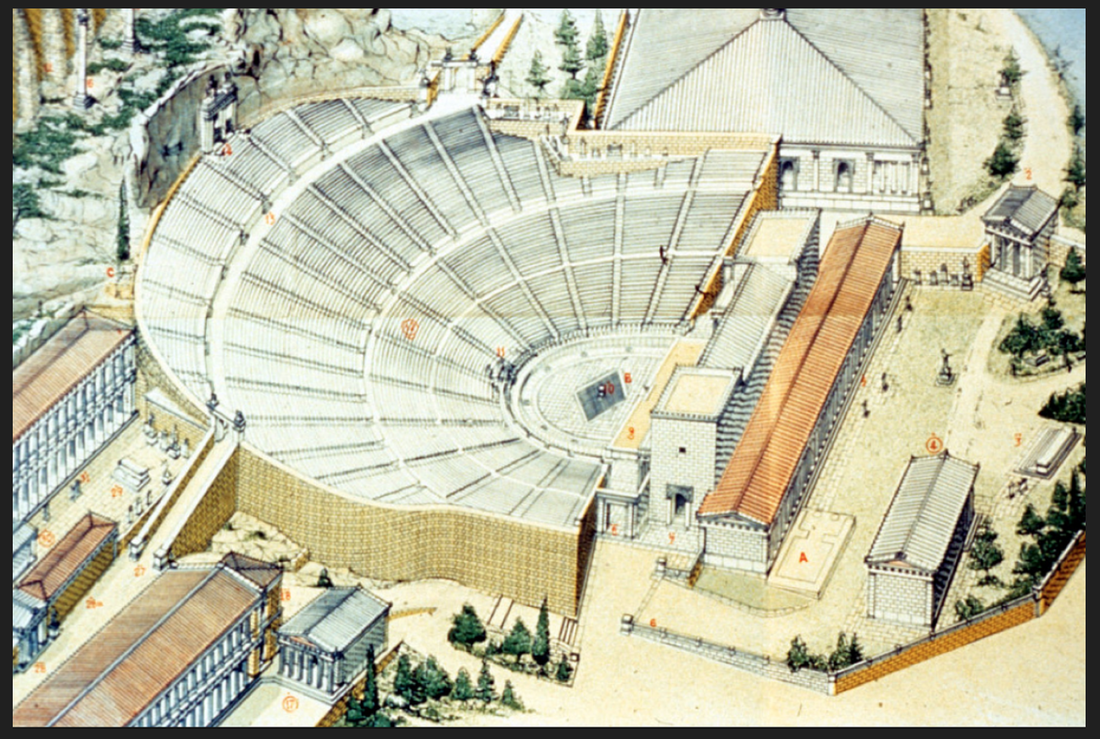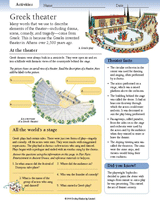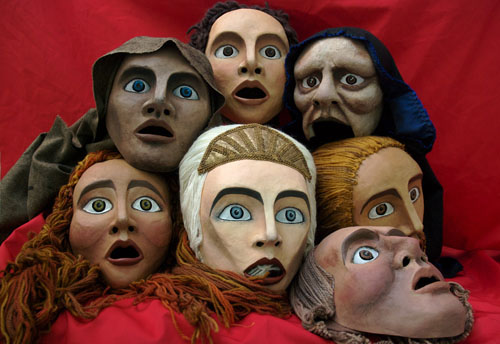Are you having trouble finding 'greek theatre homework'? You can find your answers here.
Table of contents
- Greek theatre homework in 2021
- Greek theatre history
- Ancient greek theatre timeline
- Greek theatre masks
- Greek theatre bbc bitesize
- Greek theater worksheet answer key
- Greek theatre facts
- Ancient greek theatre
Greek theatre homework in 2021
 This image illustrates greek theatre homework.
This image illustrates greek theatre homework.
Greek theatre history
 This picture illustrates Greek theatre history.
This picture illustrates Greek theatre history.
Ancient greek theatre timeline
 This image illustrates Ancient greek theatre timeline.
This image illustrates Ancient greek theatre timeline.
Greek theatre masks
 This picture shows Greek theatre masks.
This picture shows Greek theatre masks.
Greek theatre bbc bitesize
 This image illustrates Greek theatre bbc bitesize.
This image illustrates Greek theatre bbc bitesize.
Greek theater worksheet answer key
 This image demonstrates Greek theater worksheet answer key.
This image demonstrates Greek theater worksheet answer key.
Greek theatre facts
 This image representes Greek theatre facts.
This image representes Greek theatre facts.
Ancient greek theatre
 This picture illustrates Ancient greek theatre.
This picture illustrates Ancient greek theatre.
What did the actors wear in Greek plays?
All the actors were men. They wore large masks that exaggerated facial features and emotions. The mouth hole was large to help amplify the voices. Greek plays were either comedies or tragedies. Tragedies were often about the past, whereas comedies tended to be about current and everyday life. Actors in comedies wore bright colours.
What did the seating look like in Ancient Greek theaters?
The seating area, on the slope of the hill, was known as the theatron. In Greek, this meant “seeing place.” In the earliest theaters, audience members simply stood on the hillside to watch the performances. Later on, temporary seating was added in the form of wooden benches. Eventually, permanent stone seating was in place.
What was the role of mouth hole in Greek Theatre?
The mouth hole was large to help amplify the voices. Greek plays were either comedies or tragedies. Tragedies were often about the past, whereas comedies tended to be about current and everyday life. Actors in comedies wore bright colours. Actors in tragedies wore dark colours. Plays were either spoken or sung in rhyme.
What was the purpose of the Greek Theater?
The Greeks enjoyed singing and dancing. At first, theatres were only used for festivals. The theatres were built on hillsides in the open air and could often hold more than 18,000 spectators. The theatres were open air and built in a semi-circular shape with rows of tiered stone seating around it.
Last Update: Oct 2021